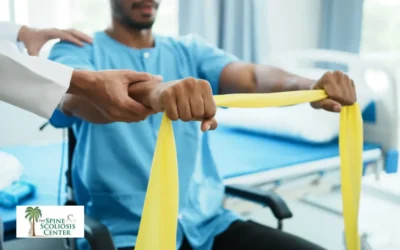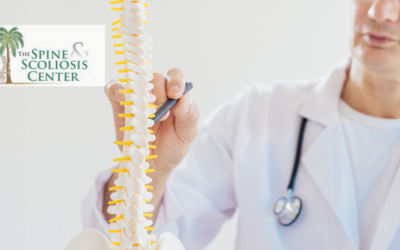With an epidemic of lower back pain sweeping through the U.S., more and more people are seeking holistic treatments that don’t require drugs or surgery to help prevent and manage the condition. Pilates is a form of exercise that optimizes spine mobility by emphasizing sequencing of the vertebrae and helping the bones of the spine align correctly through treating each vertebrae as an individual bone. By improving spinal mobility and strengthening the abdominal and back muscles, Pilates can help prevent lower back muscle tightness and joint stiffness. You don’t necessarily have to rely on pharmaceuticals or invasive surgeries to get healthy. By improving your spinal mobility with exercises like Pilates, you can get a head start on back pain and lower the risk of back pain in the future.
The Principles Of Pilates (And How They Prevent Lower Back Pain)
The eponymous father of Pilates, Joseph Pilates, created the practice through combining movements from yoga and dance and adding repetition. Originally coined “Contrology,” Joseph Pilates’ method is built off of six main principles:
- Concentration: Essential for maintaining good form and establishing a mind-body connection. Concentration and awareness of your body helps with your everyday activities and movement, such as your sitting posture at a desk job or lifting heavy objects with good form.
- Centering: This principle focuses the center of your body as the “powerhouse” and emphasizes the engagement of the deepest abdominal muscles in your core. Through offering increased spinal support and improving posture, the proper firing of your spine and abdominal muscles helps prevent lower back pain.
- Precision: This principle comes with time and practice. As you regularly practice Pilates exercises with proper form, you can get more and more precise through the effective firing of muscles and concentration on form. As your precision improves, so will your bodily awareness in your everyday life. For example, you might find yourself inadvertently practicing precise engagement of your deep low back and abdominal muscles (which act like a girdle for the spine) and prevent injury.
- Control: When your body is challenged repeatedly through exercise, you develop the strength and stability referred to as muscle control. Muscle control essentially consists of the optimization of the movement patterns in a practice as the connection between the muscles and the brain improves. This additional control helps with better firing of the deep abdominal and deep low back muscles during functional activities, effectively preventing injury as they help to support the spine.
- Breath: Breathing fuels the powerhouse and circulates nutrients to the muscle, raises awareness of form, and assists with engaging the abdominals. Exhaling connects with the engagement of the abdominals when the spine bends, while inhaling connects with the extension movements of the spine.
- Flow: Flow refers to the exercise choreography that gracefully transitions movements from one to the next. This carries over to your daily life in practicing the appropriate body mechanics and lower risk of injury to the lower back.
Contact Us Today
The principles of Pilates are not just for the mat or the studio; it goes beyond mere exercise to how your body moves through daily activities. Pilates helps strengthen important muscles that act as a sort of girdle to protect and support the lower back, thus lowering the risk of injury and future back pain. The Spine and Scoliosis Center is a top Florida spinal specialist clinic. Call The Spine and Scoliosis Center to schedule an appointment about your lower back pain today.




0 Comments